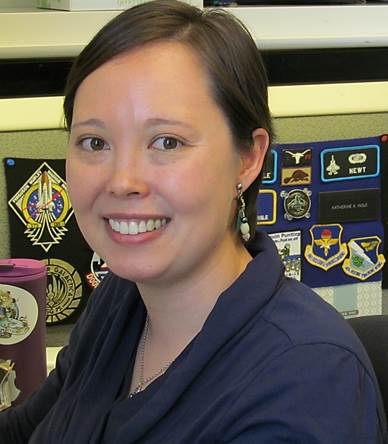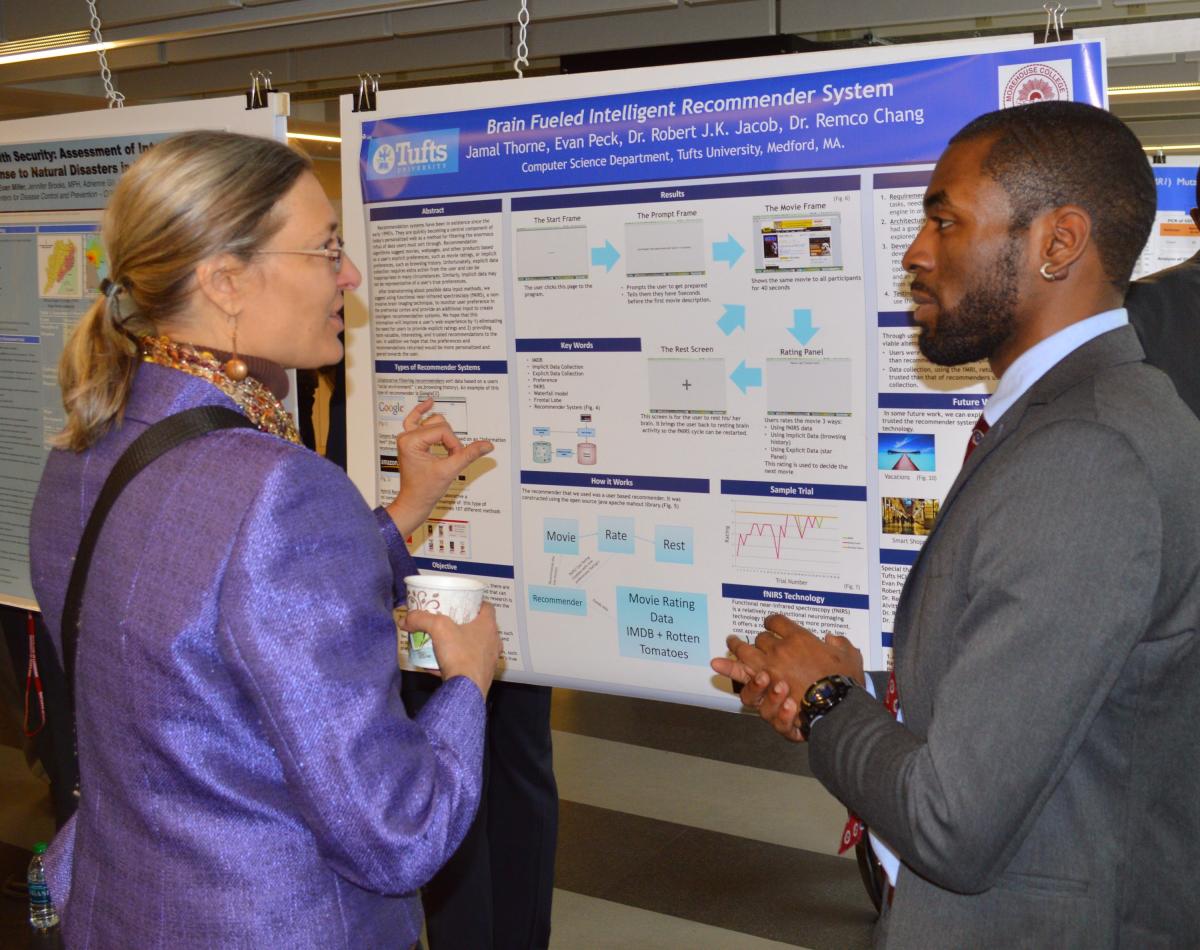 When Katherine Pratt was in the seventh grade, one of her assignments was to create a plot development of her life. She started with a beginning, added rising action events that led to a conflict, followed by the turning point, falling action and then resolution.
When Katherine Pratt was in the seventh grade, one of her assignments was to create a plot development of her life. She started with a beginning, added rising action events that led to a conflict, followed by the turning point, falling action and then resolution.
Pratt declared during this assignment that she was going to study electrical engineering, a plot point that is true today in real life. She is a PhD student in the Department of Electrical Engineering at the University of Washington.

 The recent
The recent  Nearly 20 students from Morehouse kicked off a tour across the country last week, starting off their spring break by marching in Selma, Alabama on the same day President Barack Obama joined civil rights leaders to commemorate the “Bloody Sunday” march.
Nearly 20 students from Morehouse kicked off a tour across the country last week, starting off their spring break by marching in Selma, Alabama on the same day President Barack Obama joined civil rights leaders to commemorate the “Bloody Sunday” march.